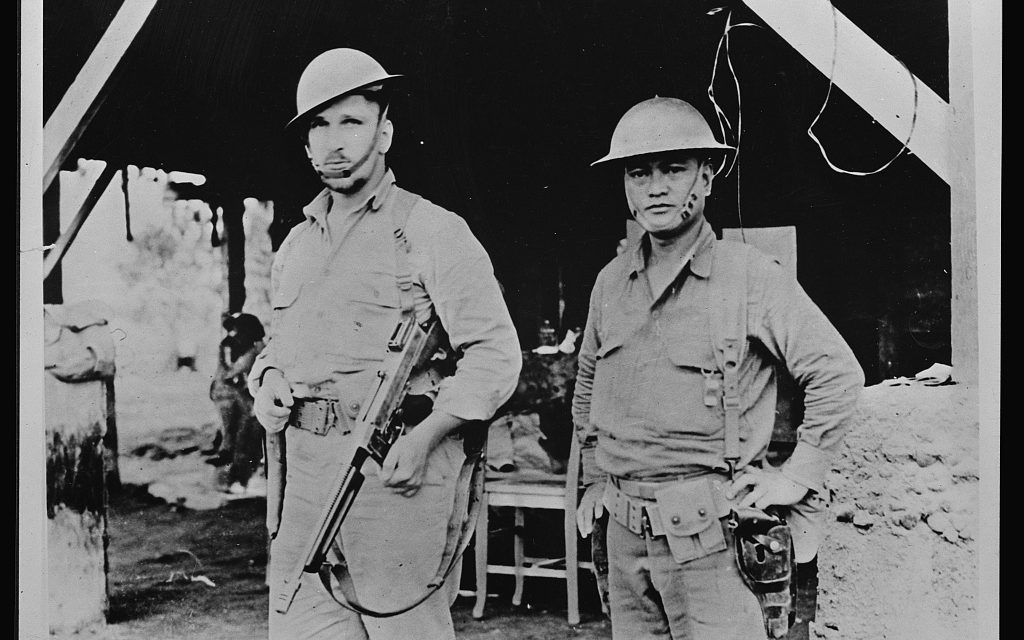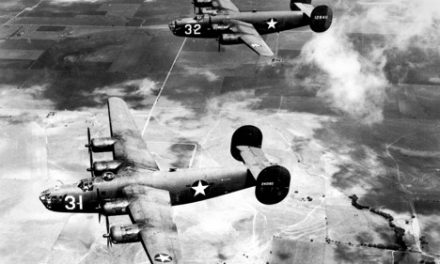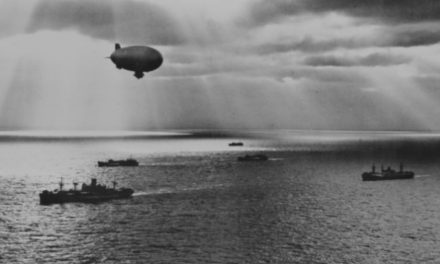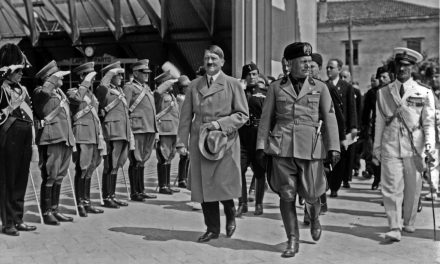A dark cloud is looming over the heads of many American and Filipino soldiers trapped in the Bataan Peninsula of the Philippines. The soldiers have been forced back by Japanese attacks, being routed southward toward the sea. Manila has been left devastated, and it is unlikely that these troops will be able to take back the city without support.
Support, however, is unlikely to come. With a Japanese naval blockade guarding the entirety of their Oceanic territory, the possibility of sending American ships to the Philippines becomes unlikely, as the islands are deep within these waters. No ships will be able to get through, meaning that no supplies or reinforcements will be able to reach them. Without any of this, it seems likely that the peninsula will be overrun some time within the next few months.

U.S. Army Captain Arthur W. Wermuth (left) with a Filipino aide (name unknown). Fighting side by side, the two men are said to have killed or wounded more than 100 Japanese troops in the Philippines. From Library of Congress.
Japanese bombers have been sent on numerous raids over American positions. These raids have been notably heavy, with 54 planes sent on March 24 to bomb positions on the island of Corregidor, just south of the Bataan Peninsula. Three of the planes in this particular raid were shot down, and the defense of the position was declared a success by Lieut. Gen. Jonathan M. Wainwright, the successor to General MacArthur.
While the American and Filipino troops have few methods of resupplying, the Japanese have an unfortunately easy method of resupplying. All of the islands between Japan and the Philippines are currently under Japanese Imperial control, meaning that supplies can be sent out from them to their troops on the northern section of the Philippines near Manila with ease. This gives them the ability to not only supply their troops with food and water, but also to continue resupplying them with ammunition and gasoline for their planes.
It may already be too late to reinforce or evacuate the U.S. and Filipino troops in Bataan. These actions and circumstances—bombings of the military bases in Bataan, continued movements of troops, and the unhindered ability of Japanese ships to go throughout the waters of their dominions—all indicate one thing: the Japanese have been preparing to accept reinforcements to the position. This is all coupled with a recent American communiqué from Bataan, stating that “continued ground activity in Bataan [indicate] the arrival of Japanese reinforcements.” If these Japanese reinforcements are already on the Philippines, there is a high likelihood that Bataan will be captured, and that the entirety of America’s Filipino territory will fall into Japanese hands.
Therefore, while the supplies of the American and Filipino forces will continue to dwindle over the next few weeks, the Japanese will continue to have everything in ready supply. This is in many ways nothing more than a waiting game for both sides. Both know that the Americans will not reach the troops to resupply them before the peninsula is conquered. Many in the United States now fear that nothing short of a miracle could save these troops.
Sources:
Peters, C. Brooks. “SHARP SKIRMISHES IN THE PHILIPPINES…” The New York Times, 22 March 1942.
Hurd, Charles. “Bataan, Corregidor Bombed.” The New York Times, 26 March 1942.
Hurd, Charles. “FOE IN BATAAN USES NEW TYPE OF PLANE.” The New York Times, 25 March 1942.
Norris, John G. “His Dramatic Shift at President’s Order…” The Washington Post, 18 March 1942.





